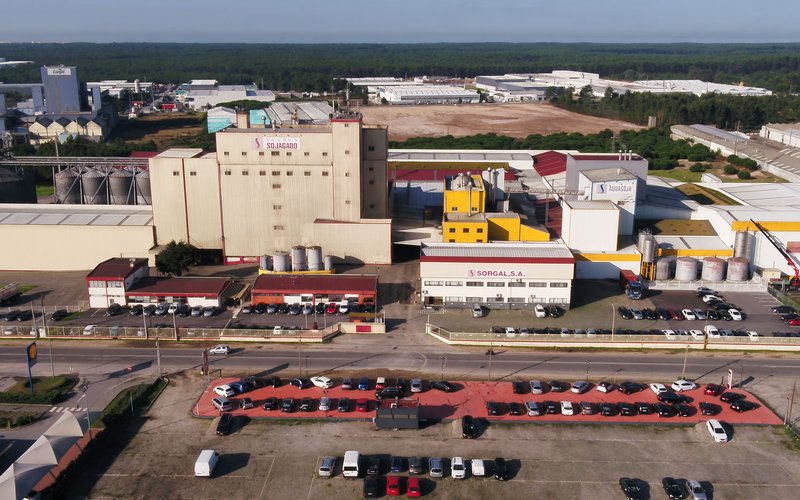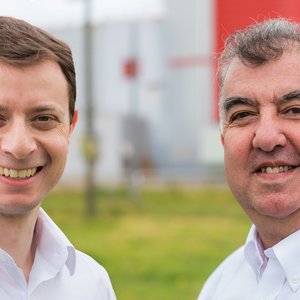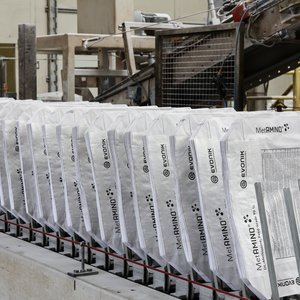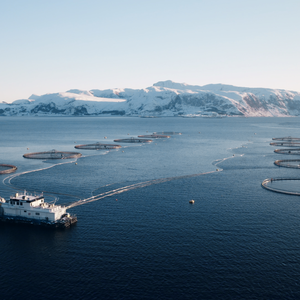Aquasoja has been using fish byproducts, produced and sourced locally, as a source of fishmeal and fish oil for its feeds. “This is the best way to combine the need for better sustainable practices and nutritional requirements,” the company said.
It is widely recognized that the long-held practice of feeding fish with fishmeal and fish oil is no longer acceptable from an environment-friendly point of view. Even though world fisheries have been stable for more than ten years, there is a concern over the increased pressure that the growth of population and farming are imposing on this natural resource. As such, the industry adapted by looking for alternative ingredients and increasing the demand for properly managed marine resources.
The Forage Fish Dependency Ratio was used for the first time by ASC in the farmed salmon standard. This concept is regarded as a measure of sustainability, and it is a tentative quantification of how dependent forage fish (small fast-growing pelagic fish) harvesting is the farming activity. It is gaining acceptance over Fish in: Fish out (FIFO) and is used in all updated ASC farming standards. However, there is still an ongoing debate on how precise this ratio is in attaining this target, with extreme positions being held by both sides (NGO’s and fishmeal and oil producers’ associations).
The ratio is calculated both for meal (FFDRm) and oil (FFDRo) and uses the yield of meal and oil from production as well as the economic feed conversion ratio (FCR) from the farming activity.
There are several concepts that must be understood to fully comprehend the FFDR ratio. The first is that these ratios are not taking into consideration how well the stock of forage fish is managed (a healthy well-managed stock has the same value as an overfished, not managed, or illegal capture stock). This has been understood by ASC, and as such, the actual farming standards require both FFDR to be low but also that the forage fish is sourced in sustainable fisheries (being the MarinTrust program one of the ways to demonstrate this).
Fish trimmings arising from canning, filleting or any other transformation for human direct consumption currently represent more than 35% of total fishmeal and oil production and it is likely to increase in the future. How FFDR looks to this? If fish that gives rise to the ingredient are not coming from vulnerable, endangered or critically endangered species, as classification of IUCN Red List, they may be used without impacting FFDR.
“This means that fish nutritionists can still rely on fish on their formulas, but they must learn how to efficiently use byproducts meals and oils (that are different in composition from forage fishmeals and oils). And of course, combine these valuable ingredients with others to achieve high-performance feeds with reduced environmental impact. Finally, the farmer has also a responsibility as bad management that increases eFCR also increases the dependency on wild forage fish stocks,” the company stated.













